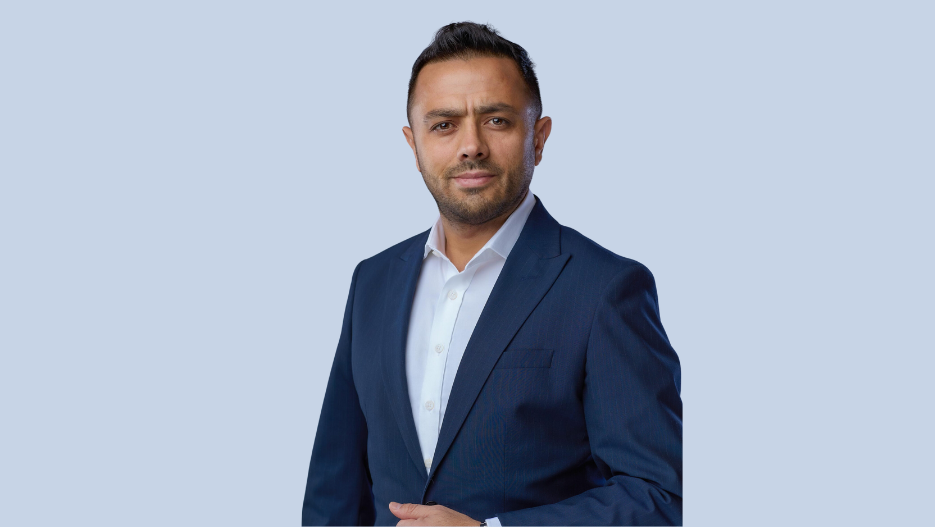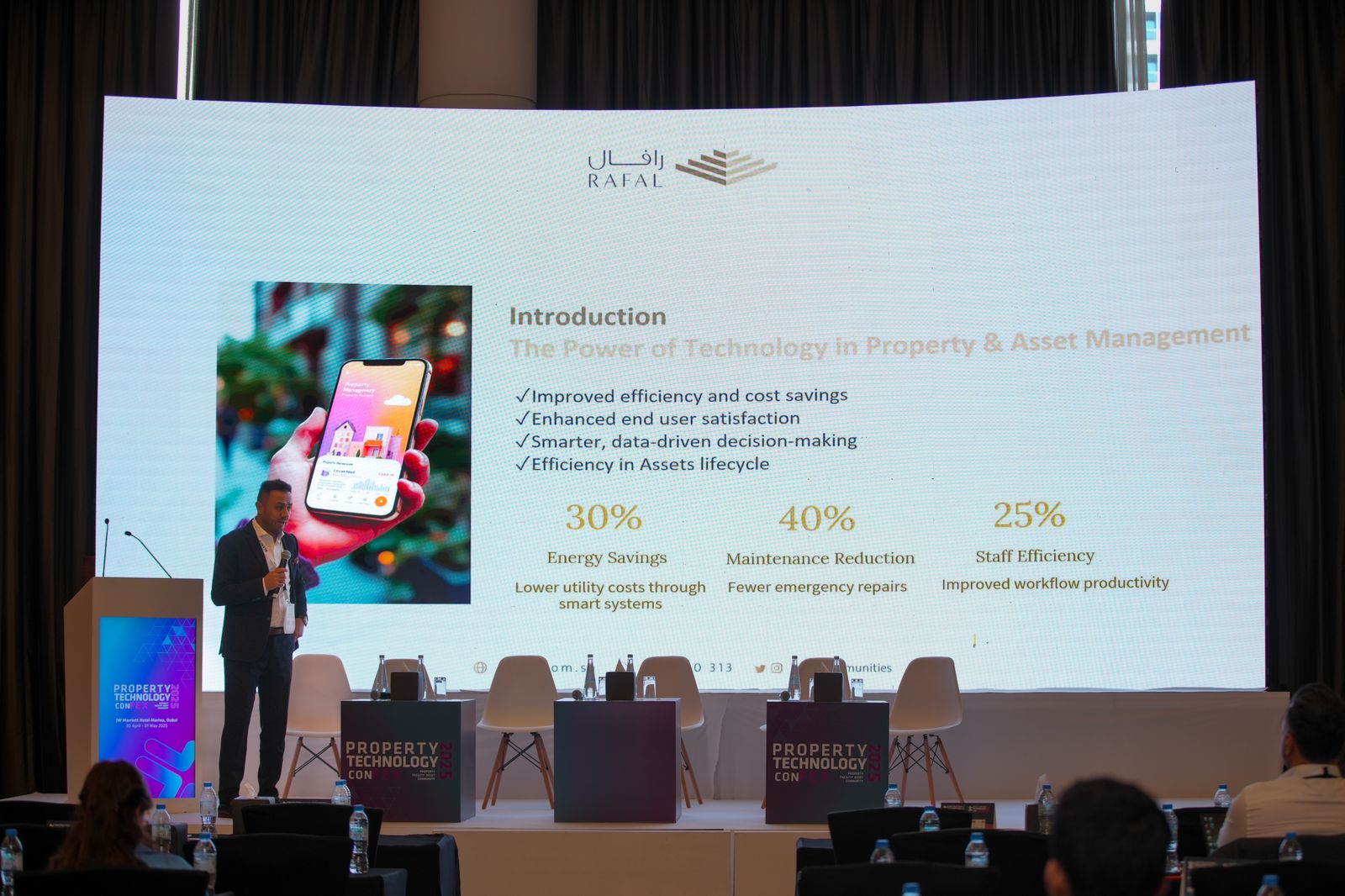Engin Togrulca, Rafal Real Estate: Pioneering Digital Transformation in Saudi Arabia’s Property Sector
In this exclusive interview, Engin Togrulca, a leading voice at Rafal Real Estate, unveils how the company is redefining real estate asset management in Saudi Arabia through cutting-edge digital transformation. As a prominent Saudi real estate developer, Rafal is embracing smart real estate solutions like digital twin technology, IoT systems, and a super mobile app to enhance operational efficiency, extend building lifecycle, and deliver a seamless resident experience.
The conversation explores how data-driven asset management, predictive maintenance, and real-time building data are central to Rafal’s strategy, helping reduce costs and optimize the use of reserve funds. Togrulca also emphasizes the importance of end-user digital adoption and driving a cultural transition in the GCC real estate market, ensuring that tenants are part of the digital journey from the outset.
From strategic partnerships with specialized tech consultants to the integration of contech and proptech in future developments, Rafal is positioning itself at the forefront of real estate innovation in Saudi Arabia—a true model for developers looking to gain a competitive advantage in today’s rapidly evolving GCC property landscape.

At the Real Estate Finance & Investment Summit, conversations focused on contech and proptech. From your perspective, how is this digital integration influencing asset management practices within Rafal’s portfolio?
Within our portfolio, we are fully dedicated to digital transformation, and we strongly believe that, as part of our vision, we need to be focusing on digital transformation for two things.
One, we want to gain the confidence and satisfaction of our end users by providing easy access to our services, and two, we want to ensure that asset longevity is maintained to the highest level possible.
As a result, we are currently providing a smart, super mobile app solution to our end users, across all our communities. Also, for our co-living projects, we are working to integrate digital twin technology, which, when using the smart mobile app, will provide users with easy access to services – service request creation, follow up on maintenance requests. Essentially, customers will have real-time data access to created service requests.
Digital twin is a virtual 3D model of your entire facility systems through one dashboard, so this will provide real-time data access for your entire systems. How does it work? Currently, a building has BMS, CMS, chiller maintenance systems, and HVAC systems. When you have a digital twin model integrated into your structural design from the beginning of construction, once the project is complete, you will have one dashboard that you can use to track all your building systems. The dashboard will give you an alert.
If one asset, for example, needs to be maintained, the alert might be, “Please maintain this asset within the next two, three months.” Otherwise, you will incur a lot of cost injection, and then you will run out of your budget. It gives you scenarios and tells you the urgency of the maintenance situation. This saves on running costs and will also contribute to the proficiency of the building.
Given the emphasis on data-driven decision making, how is Rafal leveraging data analytics to optimize asset performance and inform strategic planning?
We strongly believe that having real-time data for your building systems will highly impact your future building maintenance, preventative maintenance, and entire lifecycle of your building. For us, having a digital twin model will basically leverage our experience in asset management and leverage on cost saving and proper asset maintenance.
It will save a lot, in terms of the cost, because the real-time data enables you to spend less on your building maintenance systems. The 2% maintenance funds set aside in a reserve or sinking fund will now be used efficiently, probably utilising the funds in the 11th or 12th year because you have been able to maintain your systems more predictively. You are able to predict the issues of your systems.
The conference highlighted the importance of collaborative ecosystems. How does Rafal approach partnerships with tech firms, start-ups, and other stakeholders to drive innovation and value creation?
First of all, we strongly believe that working with the right partners and consultants is really important. Basically, we always try to be very unique with the selection of our consultants. I will tell you that, for the mobile application, we initially tried to build it ourselves without a consultant. Then, at a later stage, we involved a specialist consultant, who will work with us on day-to-day operations to design and configure something that addresses our needs.


Similarly, on digital twin technology, we are also working with a very unique consultant who has a lot of experience in the Middle East. Naturally, we go through a very high-scale vetting process before we work with a consultant. Based on a lot of feedback, references, and testimonials, we then select a specific partner or consultant to work with.

Looking ahead, what are your strategic priorities for asset management in the next 12 to 18 months? How do you envision the role of technology in achieving these goals?
This is, I think, one of the best questions that you have asked so far, because it aligns with our vision, as well. First of all, digital transformation is one of our core areas of focus in the next two, three, and five years, so short term and long term. We also strongly believe that using the right path to create that digital transition is really important. The only way, based on the lessons learned, driving digital transformation is also driving a cultural transition, in the Middle East.
We want to digitize with the new technologies from two perspectives – the end users and building assets. For our new projects, we want to ensure that the building infrastructure is fully loaded with a digital transition, which will help us, in future, with real-time data access dashboards, and also asset lifecycle and maintenance.
At the same time, we want to drive that transitional culture. If your end user is not part of your digital transition, you will fail, because you need to incorporate your end users into your digital transformation. At Rafal, we incorporate all of our customers as part of the model that we put in our projects. For example, the mobile app.
When we introduced the mobile app, we created a lot of orientations for our end users, making them part of the modelling and configuration that is dedicated to each project. When you do this, you value your end users, and then you get their satisfaction and easy acceptance of the digital transformation. End users will not sign up for a transformation model that does not have their input, so you need to make them a part of the implementation, customization, and configuration of your smart systems.
We also want to drive IoT, Internet of Things. It is integration of sensors into your building systems, and then you get real-time data notifications from your assets. We want to use the best IoT systems, in addition to digital twin technology and our smart mobile app. They will be combined into one system for the maintenance of our future assets. We will have admin access, through a mobile app, to three dashboards – digital twin model, IoT system, and a dashboard for created service requests from the end users. It is a one-time solution that can resolve all our future building operation needs.
What will be your competitive advantage as a real estate developer?
The market is very competitive. If you want to survive as a real estate developer, you have to make sure that you are following the technology trends and incorporating them into your projects. At the same time, you drive the cultural transition, to make sure that your end users are involved with your digital transformation. I’m fully against building systems and spending a lot of money while not involving the end users on parallel paths.
The only way to survive is to tackle all the trends in technology – when it comes to digital twin, IoT, super mobile apps – and driving the transition culture by changing the end-user mindset to be digital transformation-friendly. Otherwise, it is not easy, because in the GCC, people are not used to mobile apps. They call the doorman for their daily errands, but they are not used to creating service requests on a mobile app. You need to ensure you involve them from the beginning when you customize it, and educate them, and then you drive that cultural transition, as well.